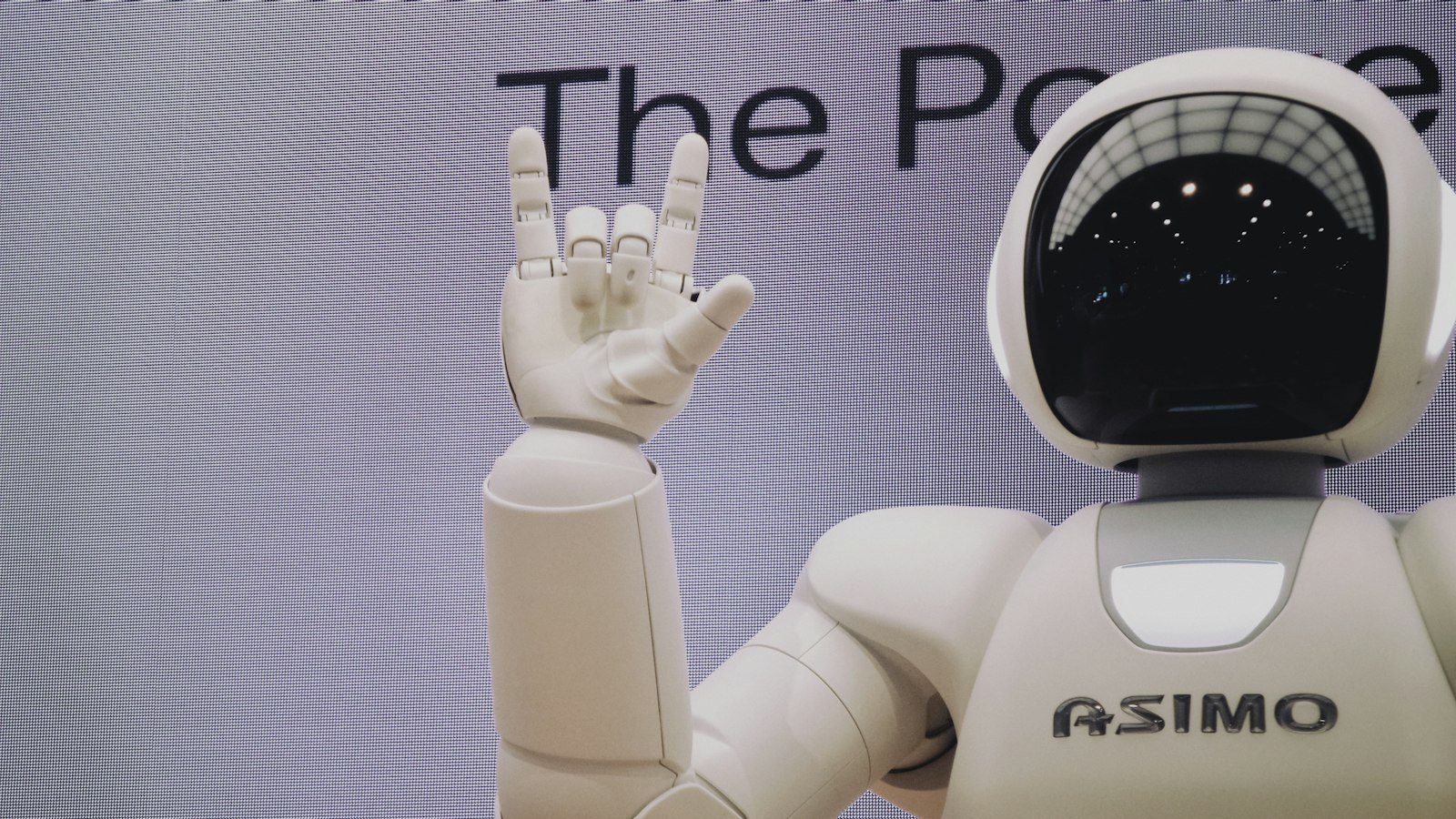ATM Fee Reimbursement: A Guide to Forex Trading
Stepping into the world of foreign exchange, we can see that one of the most common consumer-facing fees is the dreaded ATM fee. But what if you could get your ATM fees reimbursed when using a foreign currency? This article looks into the possibility of reimbursement of ATM fees when dealing with foreign currency.
Making Bank With ATM Fee Reimbursement
Banking can be expensive when you don’t take advantage of all the options that are available. Consider bank ATM fees, for instance. The average total cost for an out-of-network ATM withdrawal has reached a new high of $4.73. What’s more, getting hit with such fees means having to pay more to undertake even the simplest of transactions. That’s why taking advantage of ATM fee reimbursement might just be one of the best decisions you can make.
The good news is that some banks offer to reimburse ATM fees, enabling customers to save over the course of a month and even year. Depending on your bank and the account you’ve selected, you can recoup up to $10 of your ATM fees. Needless to say, this can provide a nice boost to your bottom line.
Finding Banks With ATM Fee Reimbursement
Banking institutions that offer ATM fee reimbursements come and go, so it’s important to always stay up to date on the fees different financial institutions are charging and the ways in which they are offering to help cover those fees. Banks with no ATM fees are rare, but they do exist.
Alliant Credit Union, for instance, reimburses up to $20 monthly for out-of-network ATM fees (withdrawal fees only; does not apply to 1% fee). Navy Federal Credit Union also reimburses up to $20 monthly for out-of-network ATM fees. TD Bank maxes out with a reimbursement fee of $15, and Charles Schwab reimburses unlimited ATM fees worldwide.
Choosing a Bank With ATM Reimbursement
When choosing a bank with ATM reimbursement, there are a few things to consider. For one, some banks require a direct deposit into your account in order for you to take advantage of the fee reimbursement. Make sure you understand how each bank’s ATM reimbursement program works and what are the costs and benefits are.
You should also look into the different account types offered by the bank and their associated fees. Each bank’s checking accounts have different features and fee rates. Ensure that you know all the limits, costs and benefits of the account before you commit. Finally, consider using an online checking option, as they most often have no monthly fee.
When it comes to ATM reimbursements, there are several banks that offer this service. Performing due diligence in advance can save you money and a lot of frustration in the long run. By familiarizing yourself with different ATM fee reimbursement programs, you won’t have to worry about accruing fees when making a withdrawal from an out-of-network ATM.







